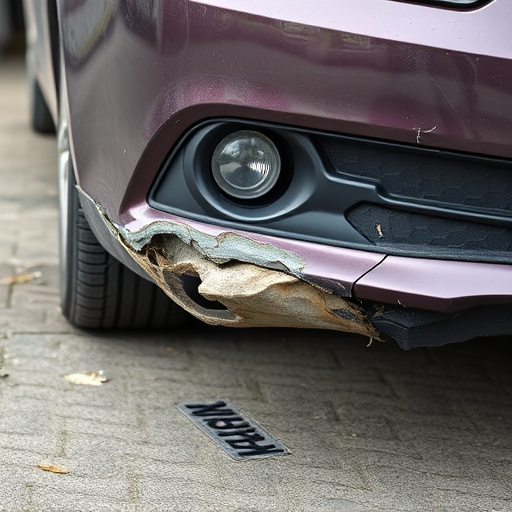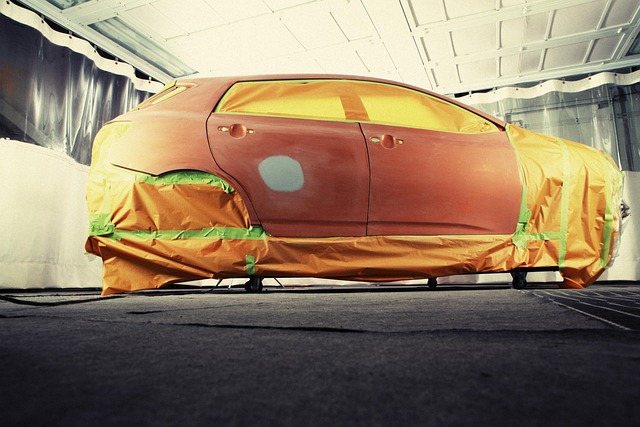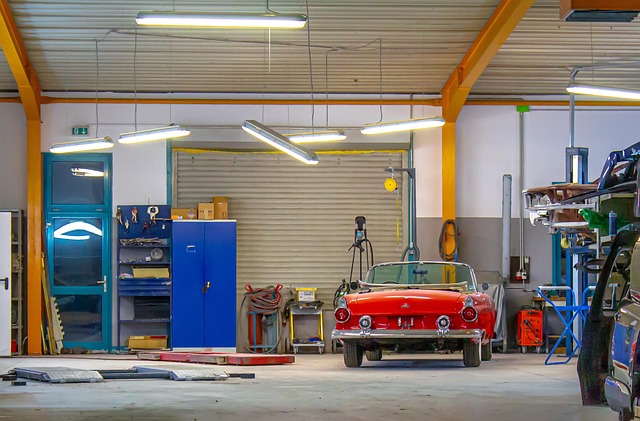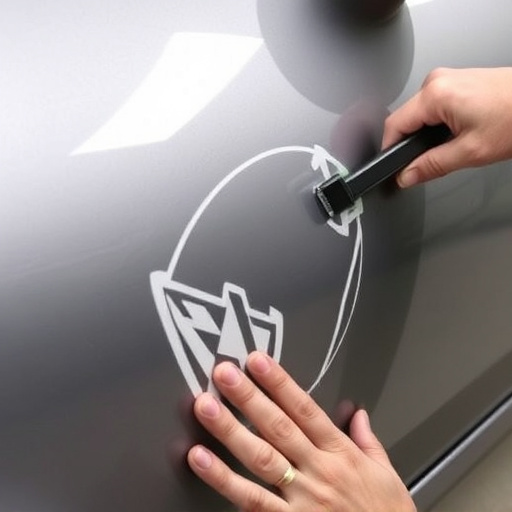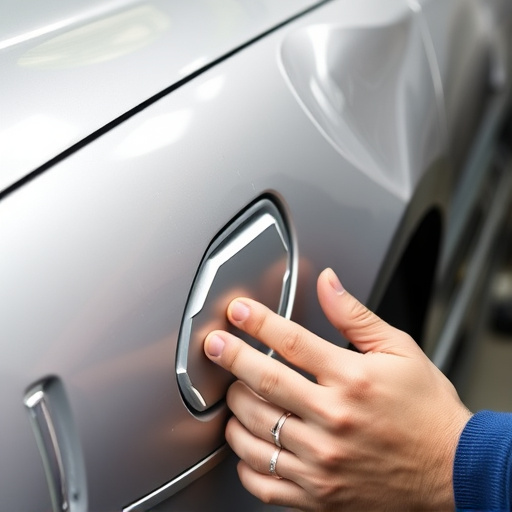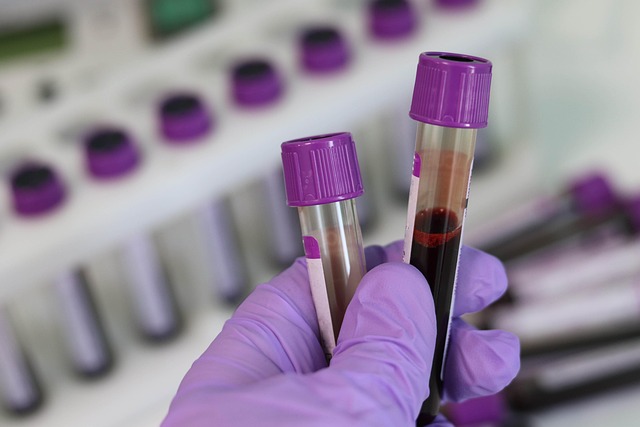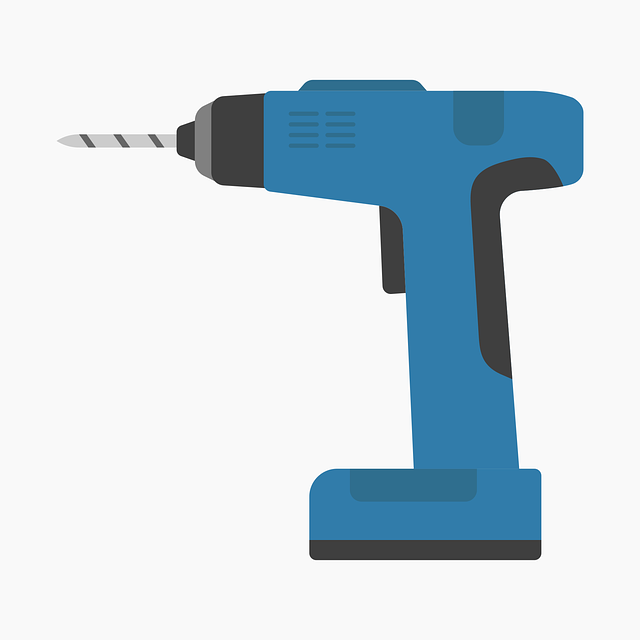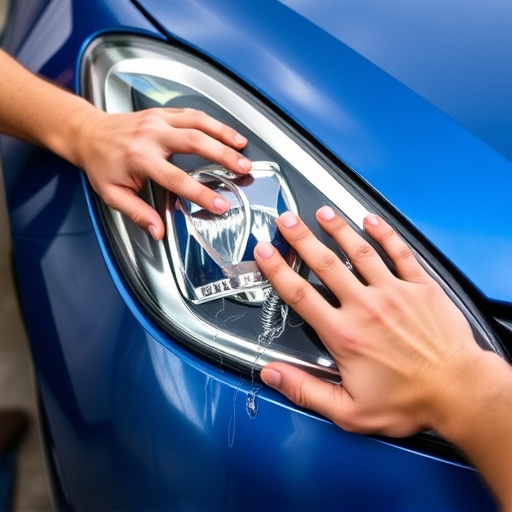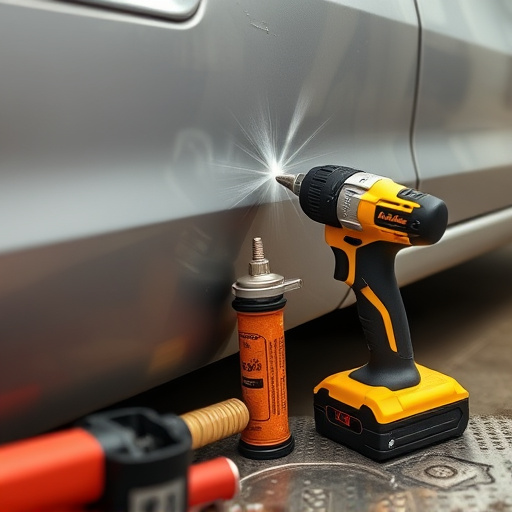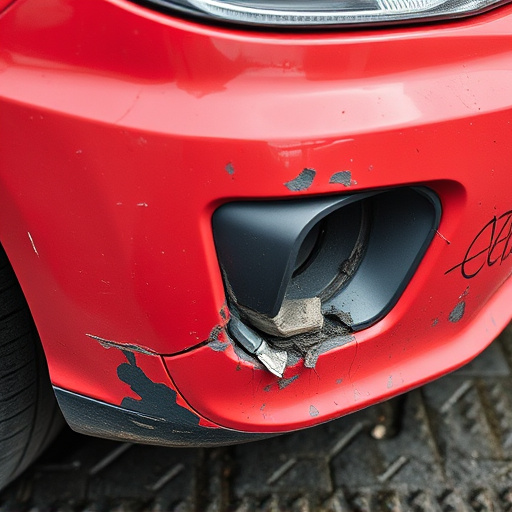Dent repair technologies, led by paintless dent repair (PDR) and automated detailing systems, are transforming the automotive restoration industry. These advanced tools and precision methods reduce costs, streamline processes, and minimize damage to vehicle surfaces, leading to faster turnaround times and consistent quality. Future innovations in materials science and digital imaging promise even more efficient and cost-effective solutions for minor cosmetic repairs, enhancing accessibility, convenience, and sustainability. By preserving vehicle value and extending lifespans, these developments benefit both consumers and the collision repair industry.
Dent repair technologies have revolutionized the way we address car dents, offering cost-effective solutions without compromising quality. As advanced techniques like PDR (Paintless Dent Repair) gain traction, consumers stand to benefit from reduced repair bills and faster turnaround times. This article explores the rise of these innovative technologies, their immediate advantages for consumers, and the future implications that promise even greater accessibility and affordability for dent repair services.
- The Rise of Advanced Dent Repair Technologies
- Cost-Effective Solutions for Consumers
- Future Implications and Benefits
The Rise of Advanced Dent Repair Technologies

The automotive industry has witnessed a significant evolution in dent repair technologies, transforming the way car owners address cosmetic damage to their vehicles. Advanced techniques such as paintless dent repair (PDR) have emerged as game-changers, offering efficient and cost-effective solutions for minor to moderate dents and scratches. This innovative approach eliminates the need for extensive paintwork and body panel replacement, which was traditionally a time-consuming and expensive process in collision centers.
With the rise of these modern dent repair technologies, consumers can now enjoy faster turnaround times and reduced costs when it comes to auto glass replacement or car body repair. PDR specialists use specialized tools to gently push out dents from the inside, leaving no visible traces of damage. This not only preserves the original finish but also significantly cuts down on labor expenses compared to traditional methods. As a result, car owners can benefit from more affordable and accessible car care services, ensuring their vehicles look as good as new without breaking the bank.
Cost-Effective Solutions for Consumers

In today’s digital era, dent repair technologies are revolutionizing the automotive restoration industry, offering cost-effective solutions for consumers. These innovative techniques, such as paintless dent repair and automated detailing systems, have transformed how auto body shops conduct their services. By employing advanced tools and precision methods, these technologies minimize damage to vehicle surfaces, reducing the need for extensive repainting or replacement parts. This, in turn, lowers costs significantly for both businesses and consumers, making top-quality auto body repair more accessible.
Furthermore, dent repair technologies streamline processes within auto body shops, allowing technicians to complete repairs faster and with greater efficiency. Automated systems for tasks like dent removal, sanding, and painting not only enhance productivity but also ensure consistent quality outcomes. As a result, customers benefit from quicker turnaround times and competitive pricing, making them more inclined to opt for necessary auto body repair without breaking the bank.
Future Implications and Benefits

As dent repair technologies continue to evolve, the future looks bright for both consumers and the automotive industry. With advancements in materials science and digital imaging, we can expect even more efficient and cost-effective solutions for minor cosmetic repairs. Imagine a world where a simple smartphone app allows you to upload a photo of a dent or scratch, receive an instant repair estimate, and book a slot at a nearby collision center—all within minutes. This level of accessibility and convenience is already becoming a reality.
Furthermore, these technologies have the potential to reduce waste and environmental impact by minimizing the need for extensive repainting and re-engineering. With precise, targeted repairs, vehicles can be restored to their pre-incident condition, preserving their value and extending their lifespan. This not only benefits individual consumers but also contributes to a more sustainable and cost-efficient collision repair industry as a whole, ensuring that everyone wins in the long run.
Dent repair technologies are reshaping the automotive industry, offering cost-effective solutions that benefit both consumers and businesses. By leveraging advanced techniques like laser repairs and automated filling systems, these technologies significantly reduce traditional dent repair costs, making quality car restoration more accessible. As these innovations continue to evolve, we can expect further improvements in efficiency, affordability, and environmental sustainability, ultimately enhancing the overall customer experience.


